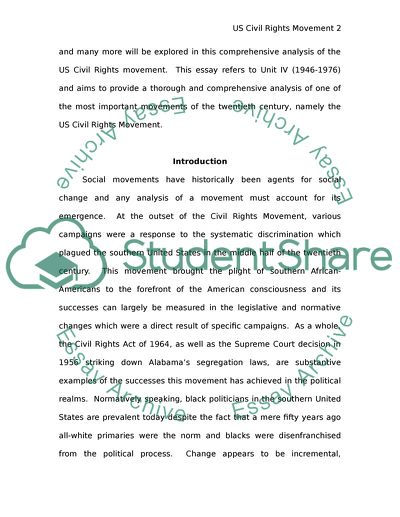Cite this document
(The US Civil Rights Movement and the Election of President Obama Research Paper, n.d.)
The US Civil Rights Movement and the Election of President Obama Research Paper. Retrieved from https://studentshare.org/history/1555652-american-history
The US Civil Rights Movement and the Election of President Obama Research Paper. Retrieved from https://studentshare.org/history/1555652-american-history
(The US Civil Rights Movement and the Election of President Obama Research Paper)
The US Civil Rights Movement and the Election of President Obama Research Paper. https://studentshare.org/history/1555652-american-history.
The US Civil Rights Movement and the Election of President Obama Research Paper. https://studentshare.org/history/1555652-american-history.
“The US Civil Rights Movement and the Election of President Obama Research Paper”. https://studentshare.org/history/1555652-american-history.


